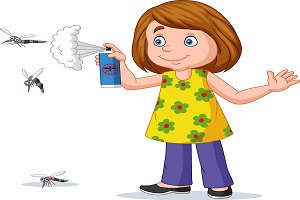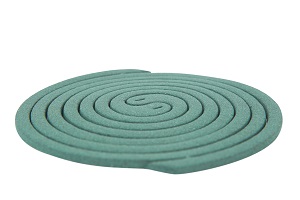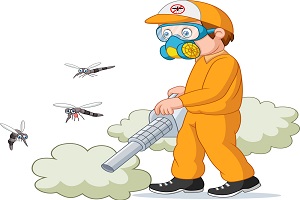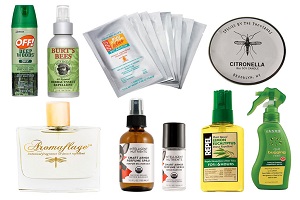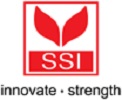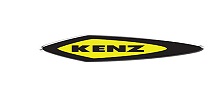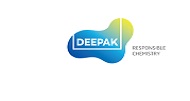Get a Project Report
Profitable Business Ideas for Startups
INSECT REPELLENT INDUSTRY
Insect Repellent is a global market that is increasing at a CAGR of 5.3 percent. Insect repellent demand is predicted to rise as diseases such as dengue fever, malaria, chikungunya, Zika virus, and yellow fever become more prevalent. Some of the primary causes driving up demand for insect repellents around the world are government programmes for disease prevention, greater health awareness among people, and the inexpensive costs of these products.
Furthermore, demand for mosquito repellents is continually on the rise, particularly in tropical portions of the region, due to growing standards of living, increasing urbanisation, and rising population. Furthermore, the availability of a wide range of insect repellents, including mosquito repellents, in a variety of price ranges has made it easily accessible and cheap to a vast consumer base. Insect repellents made from natural components are becoming more popular. Mosquito repellents are becoming more widely used in order to avoid problems such as skin rashes and allergies, among other things. Manufacturers are developing a variety of products that reduce the adverse effects of repellents due to the presence of deet in them, which is expected to greatly increase the insect repellent market growth.
The global insect repellent market offers a range of products including:
- Coil
- Liquid vaporizer
- Spray/Aerosol
- Mat
- Cream & oil and, others product types.
Global Electronic Insect Killer Market
The global electronic insect killer market is expected to develop at a 6.96 percent compound annual growth rate (CAGR). The ultraviolet light source, electric power supply, and wire grid are among the components of the electronic insect killer. The electrical insect killer’s housing is composed of plastic or grounded metal. The electric bug killer is commonly spherical or cubic in shape. Electronic bug assassins come in a variety of shapes and sizes, including rackets, lights, and zappers. A UV source is used to attract insects and other mosquitoes. This bulb emits UV light, which attracts a variety of insects and bugs. They are then either gathered in a specific collection tray beneath the zapper or just dumped on the ground beneath the zapper.
MOSQUITO REPELLENT INDUSTRY
The global mosquito repellent market is expected to grow at a CAGR of 5.6 percent over the next five years. Mosquito repellent is a chemical compound that can be applied to the skin, clothing, or other surfaces to prevent mosquitos from landing or crawling on them. Mosquito repellents are classified as either synthetic compounds like DEET (N, N-diethyl-3-methylbenzamide), picaridin, or plant-derived oils like oil of lemon eucalyptus or oil of citronella. Manufacturers are developing a variety of items that are less damaging to humans. As a result, the mosquito repellent industry is expected to develop dramatically. Furthermore, increased consumer demand for natural and organic products has led to the introduction of mosquito repellents using natural components including thyme oil, neem oil, citronella oil, and lemon eucalyptus oil.
INDIA MOSQUITO REPELLENT INDUSTRY
The mosquito repellent market in India is expected to develop at a 5 percent compound annual growth rate (CAGR). Because Indians are becoming more health concerned, the mosquito repellent business in India is growing rapidly. Because of the development in literacy, people are becoming more aware of diseases conveyed by mosquitos. Malaria, dengue fever, and yellow fever are only a few of the diseases conveyed by mosquitos. In India’s FMCG industry, the mosquito repellent market is one of the fastest growing and most vibrant. As people become more conscious of vector-borne diseases, demand for mosquito repellent products such as coils, strips, liquid vaporizers, and other similar items is increasing, giving the Indian insect repellent market a boost. Mosquito Repellent has grown into a tumultuous industry for new product development and innovation. Although mosquito repellent product penetration is poor, particularly in rural India, this presents significant prospects for the Indian mosquito repellent sector.
ASIA PACIFIC MARKET
North America, South America, Europe, the Middle East and Africa, and Asia Pacific make up the worldwide Insect Repellent market. The Insect Repellent market in Asia Pacific is expected to develop at the fastest rate. Consumer knowledge of the benefits of insect repellents is expanding, as is the prevalence of insect-borne diseases in APAC nations like India, Thailand, and Indonesia, which is driving demand for insect repellents across the region. Supportive government attempts to increase insect repellent use in order to minimise the burden of various insect-borne diseases like dengue and malaria are boosting insect repellent market growth in this region.
TOP PLAYERS WORLDWIDE
- Balsara Hygiene
- Bayer
- CISTWIN Solar technology
- Coghlan’s Ltd.
- Dabur International Ltd
- Foshan Greenyellow Electric Technology
- Godrej Consumer Products Limited
- Godrej Sara Lee
- Himalaya Herbals
- Johnson & Johnson Services
- Jyothy Laboratories Ltd
- Reckitt Benckiser Group plc.
- C. Johnson & Son
- Sandalwood
- Sawyer Products
- Spectrum Brands Holdings
- Tainwala Chemicals
- Vermatik International
- Woodstream

